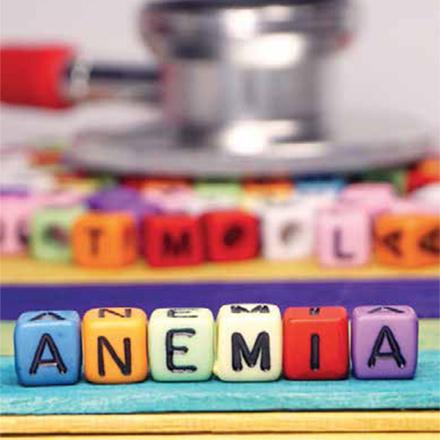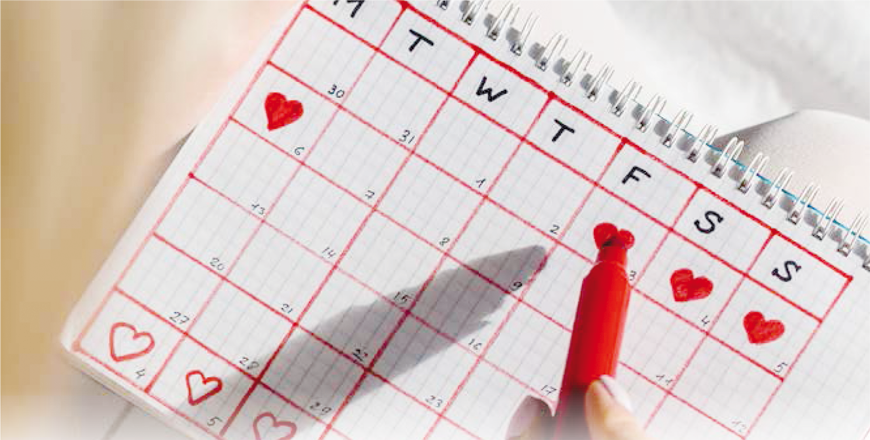You are here
Is your child getting enough iron?
By Family Flavours - Sep 02,2018 - Last updated at Sep 02,2018

Photo courtesy of Family Flavours magazine
By the Royal Health Awareness Society
While it may be easier to pass a United Nations resolution than to pass spinach onto a child’s dinner plate, this and other food-related conflicts are worth the negotiations that take place during mealtime.
In Jordan, parents and healthcare providers have their work cut out for them. Almost a third of Jordanian school-aged children suffer from iron deficiencies and almost a quarter suffer from stunted growth. Stunted growth is only one of many effects that result from iron deficiency. Iron deficiency can also cause a child to have a lower immunity to diseases, to experience constant fatigue or a feeling of tiredness and may even result in worsened academic performance at school. Iron deficiency has dire consequences on a child’s health due to the fact that it has a central role in the production of healthy red blood cells. Red blood cells are the body’s oxygen carrier and transporter and are essentially the reason why cells are alive.
While paleness is commonly known to be the hallmark of iron deficiency anaemia, there are many other symptoms, including headaches, repeated infections and heart palpitations. If the condition is not resolved, a child may suffer from irreversibly impaired learning and social abilities.
Iron deficiency anaemia can be prevented in children by supplying iron through a healthy diet. Consider if you’re providing your child with iron rich food items, such as:
• Red meat
• Chicken
• Eggs
• Lentils
• Chickpeas
• Spinach
Adding vitamin C to plant-based iron sources helps enhance the absorption of iron in the body. You can add lemon or orange juice along with the meal, or add minced meat to spinach or serve tomatoes along with eggs.
The role of parents in preparing meals, providing continuous guidance and inspiration and being armed with accurate and updated information can make the world of difference between a happy and healthy child and a malnourished one.
Doctors recommend infants be tested for iron deficiency between the ages of 9 — 12 months because the earlier you know about it and treat it, the less the effect on stunting the growth of your child.
The train of dreams
The Royal Health Awareness Society aims to spread awareness among parents about the dangers of anaemia in children and how to prevent it.
Sessions are conducted in community clinics, where parents learn about safeguarding their children’s health. For Sumayya, it is being anaemic herself that prompted her to join the sessions: “I wanted to learn how to help myself and help prevent my children from getting it.” Sumayya’s family always drank tea with their meals, but now she knows that drinking tea or coffee can stop her body from absorbing iron.
Another surprising tip that Sajeda picked up is that “you can get more iron from spinach by squeezing lemon on it”.
Not only does “don’t have too much calcium” not make sense, but I question this fact about eggs and calcium.
“The RHAS nutritionist told us about something called the train of dreams,” points out Ilham. “It’s what we dream for our children and how their health can make or break our dreams for them.”
This really got Ilham thinking about how the little things she does every day, like providing her children with healthy meals, affects their future.
Participating parents took a pledge together to feed their families healthy food.
“I got very emotional,” Ilham reveals. “I just want to go home and make them one of the healthy meals I learned about!”
Reprinted with permission from Family Flavours magazine
Related Articles
Nutrition and menstrual health Proper nutrition is very important for menstrual health and regularity. It is therefore important for a woman to understand the nutritional needs of her body to reach optimal health and help control unwanted symptoms.
For most of us, stress is a fact of life. Unfortunately, research reveals that it’s also a fact of fat!
Parents and caregivers should be aware of the three ways children can get the vitamin D they need, according to a new resource published in



















